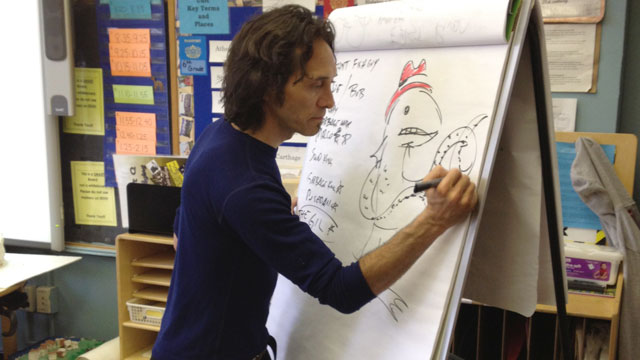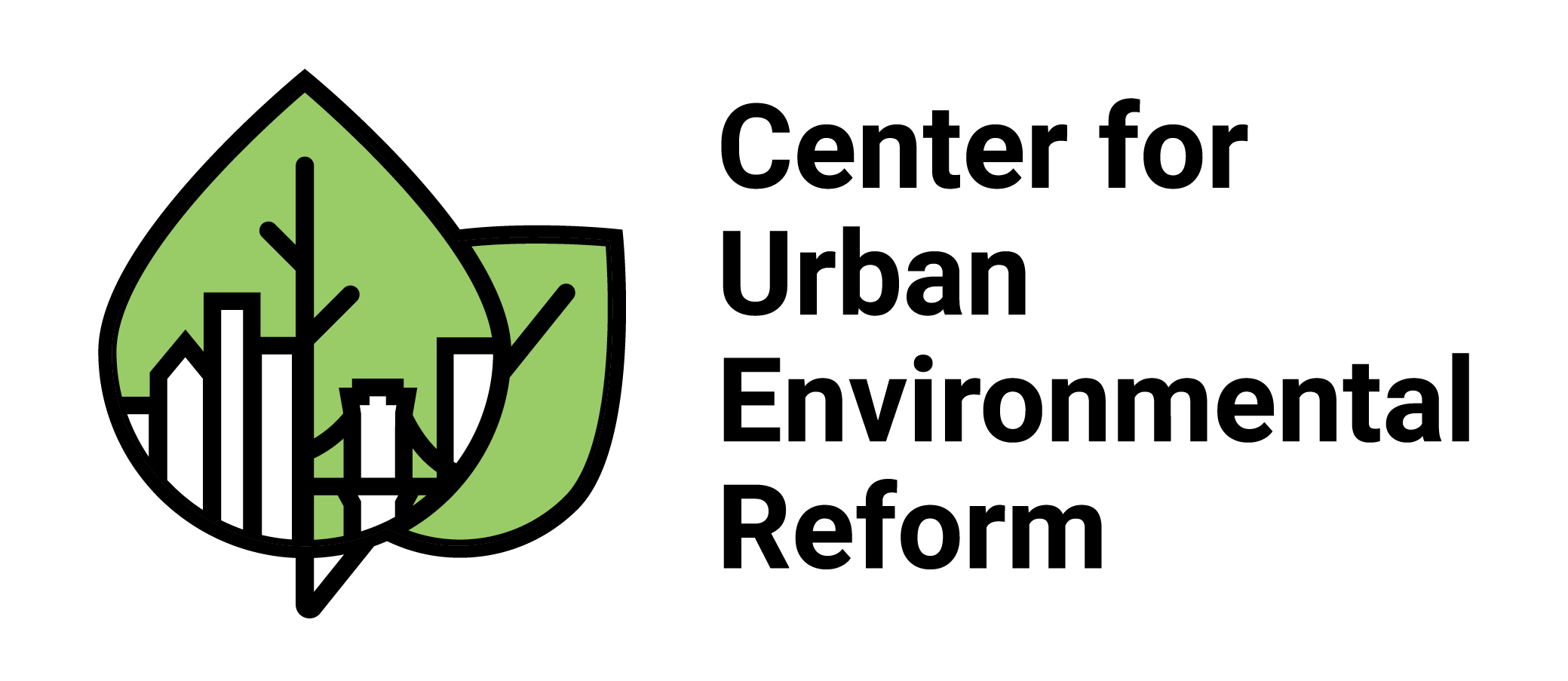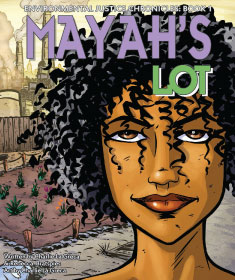Reaching New Audiences With an Environmental Justice Message
This article originally published on Greenversations: An Official Blog of the U.S. Environmental Protection Agency (link)
“Environmental Justice, I bet you don’t even know what that means…I had no idea that it actually affects every one of us. That is, until it came to my home.”
So begins Mayah’s Lot, the environmental justice comic book produced by my new research center—the CUNY Center for Urban Environmental Reform (CUER). I founded CUER in 2011 to connect my scholarly environmental writings with public service to my urban community in New York City. CUER promotes environmental democracy as a critical aspect of social justice, and supports communities seeking to participate in environmental decisions that affect them.
With support from the CUNY Law School Innovation Fund, we began looking for non-traditional ways to bring environmental messages to a generation steeped in highly visual and interactive ways of learning. I especially wanted a message that would resonate with my very urban daughter and her friends—many of whom think of “the environment” as existing elsewhere, rather than where they live and learn. Our first project is Mayah’s Lot—an environmental justice comic book and video animated by Norman Dillon of Mothermind Studios.
With Mayah’s Lot, we want to create an accessible learning tool for young readers and also to reach non-traditional audiences with an environmental justice message. We collaborated with graphic artist Charlie LaGreca of Comicbook Classroom and a group of middle-school students in Queens, NY, to develop a beautifully-illustrated comic book. Mayah’s Lot stands alone as a storybook, but it also provides valuable environmental justice lessons. Readers learn alongside Mayah, the young heroine, as she organizes her neighborhood to prevent a hazardous waste facility from coming into her already overburdened community.
With support from CUNY Law, the Forest Service and the Greening Western Queens Fund, we are developing lesson plans for a range of grade levels that work with the Core Curriculum and are suitable for classroom adoption. These materials will be available from the CUER website. If you use them—and we hope you do—we ask that you let us know what you used and give us feedback on how it went.

In fact, throughout this month, I have been using Mayah’s Lot in educational workshops with about 100 fifth graders at PS85 in Astoria, Queens and 120 sixth graders at PS122. Using a curriculum built around Mayah’s Lot, Charlie and I have worked with these students to cultivate their understanding of environmental law and environmental justice. We help them identify environmental problems in their neighborhoods and then the students create their own environmental justice comic book. The response from students so far has been terrific!
“It was amazing to see how engaged our students were using academic skills to tackle a real-world problem,” said Dimitria Kamaris, a teacher at PS122. “We strive to have our students personally invested in their own education, and through Mayah’s Lot and its curriculum, we’ve been able to do just that.”
About the author: Rebecca Bratspies, Professor, joined the faculty of CUNY Law in 2004. Her teaching and scholarly research focus on environmental and public international law, with a particular emphasis on how legal systems govern the global commons and how law can further sustainable development. Professor Bratspies spent a year seconded to the Republic of China (Taiwan) Environmental Protection Administration. Upon her return to the United States, she was a litigation associate with Dechert, Price and Rhoads where she worked with civil rights groups to bring two victorious class action suits challenging Pennsylvania’s implementation of welfare reform.


